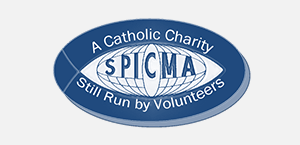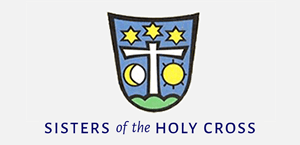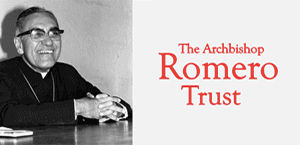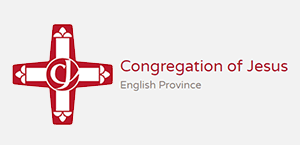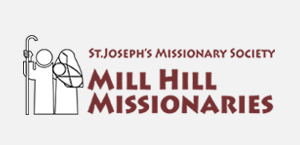Gospel in Art: The kind of death by which Peter would give glory to God
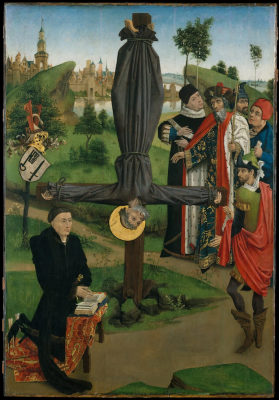
The Crucifixion of Saint Peter with a Donor, by anonymous Northern French Painter, 1450 © Metropolitan Museum, New York
Source: Christian Art
Gospel of 17 May 2024
John 21:15-19
Jesus showed himself to his disciples, and after they had eaten he said to Simon Peter, 'Simon son of John, do you love me more than these others do?' He answered, 'Yes Lord, you know I love you.' Jesus said to him, 'Feed my lambs.' A second time he said to him, 'Simon son of John, do you love me?' He replied, 'Yes, Lord, you know I love you.' Jesus said to him, 'Look after my sheep.' Then he said to him a third time, 'Simon son of John, do you love me?' Peter was upset that he asked him the third time, 'Do you love me?' and said, 'Lord, you know everything; you know I love you.' Jesus said to him, 'Feed my sheep.
'I tell you most solemnly, when you were young you put on your own belt and walked where you liked; but when you grow old you will stretch out your hands, and somebody else will put a belt round you and take you where you would rather not go.'
In these words he indicated the kind of death by which Peter would give glory to God. After this he said, 'Follow me.'
Reflection on the painting
The tradition that Saint Peter was crucified upside down comes from early Christian writings, particularly from the apocryphal Acts of Peter. While this text is not included in our canonical Bible, it was revered by some early Christians. It includes an account of Peter's martyrdom where he requests to be crucified upside down because he does not feel worthy to die in the same manner as Jesus. In terms of artistic representations, the upside-down crucifixion of Saint Peter has been depicted in various works of art throughout history, probably Caravaggio's rendition being the most famous. The tradition of the upside down crucifixion has been deeply ingrained in Christian iconography and hagiography over the centuries.
Our panel was painted by a Northern French follower of Rogier van der Weyden. The patron who commissioned the painting is kneeling on a prie-dieu, reading the Bible. We don't know who painted this panel nor who commissioned it. It would have been the left side panel of a triptych altarpiece, as the donor is gazing towards the middle panel that probably depicted Christ's crucifixion.
In our Gospel reading Jesus' words suggest that Peter's life would not end in the same way it had been in his youth, where he had freedom and autonomy. Instead, Peter's later years would involve suffering and persecution for the sake of the Gospel, ultimately leading to his death. Jesus' statement 'when you grow old you will stretch out your hands' can be interpreted as a prophecy of Peter's martyrdom. The phrase "stretch out your hands" is understood as a euphemism for crucifixion, indicating that Peter would suffer a martyr's death, by crucifixion.
LINKS
Gospel in Art: https://christian.art/
Today's Reflection: https://christian.art/daily-gospel-reading/john-21-15-19-2024/









